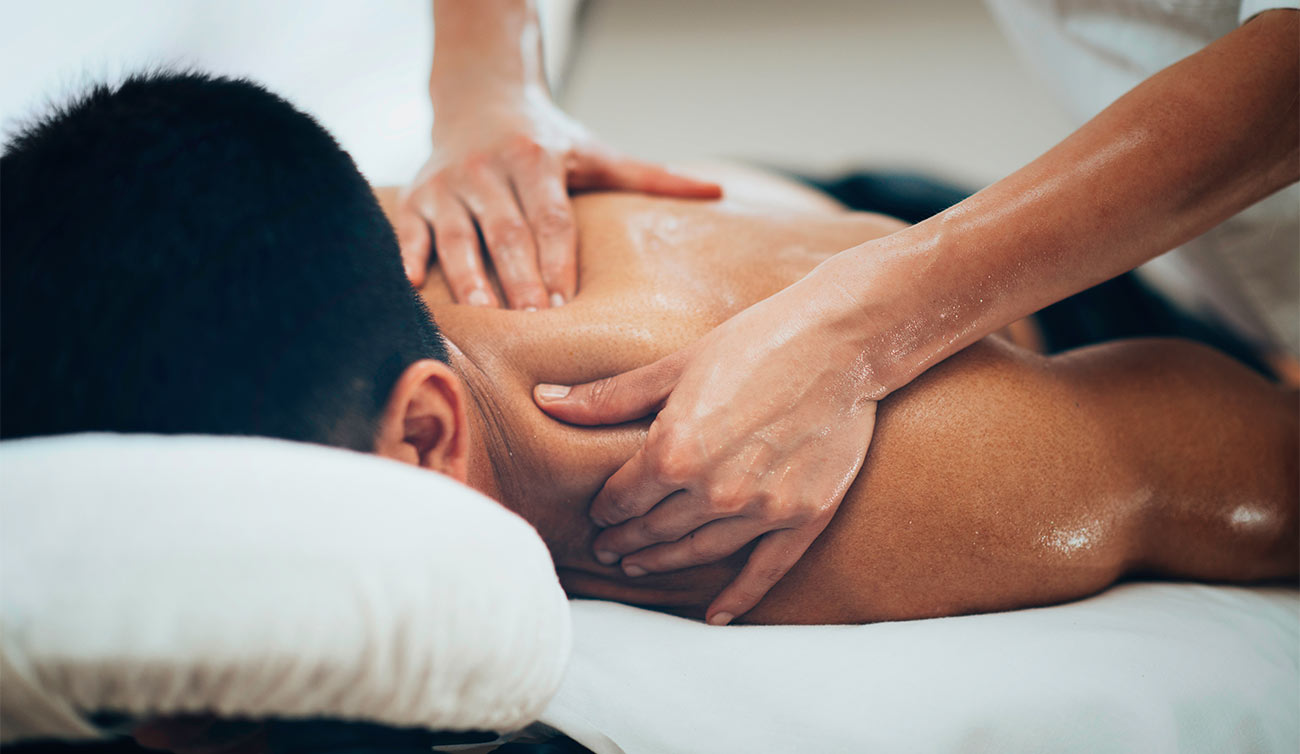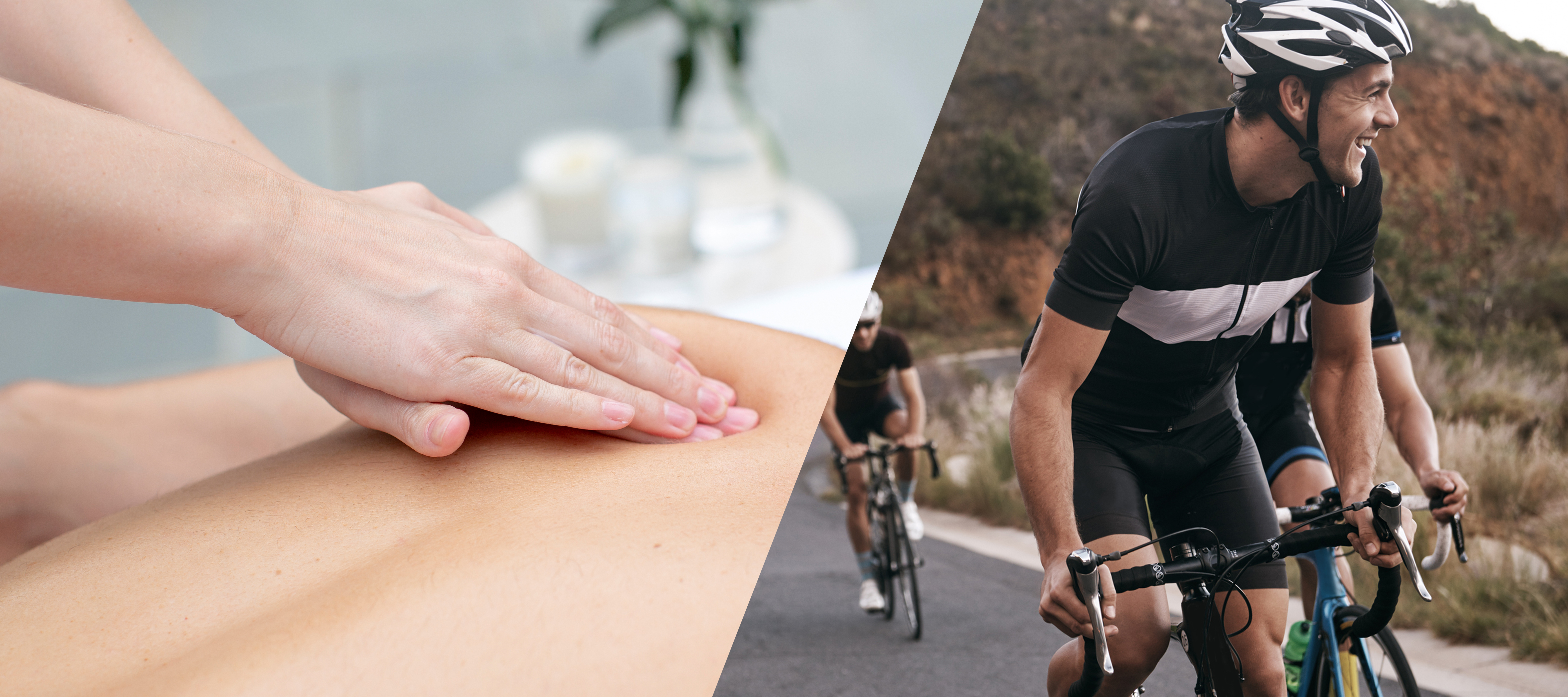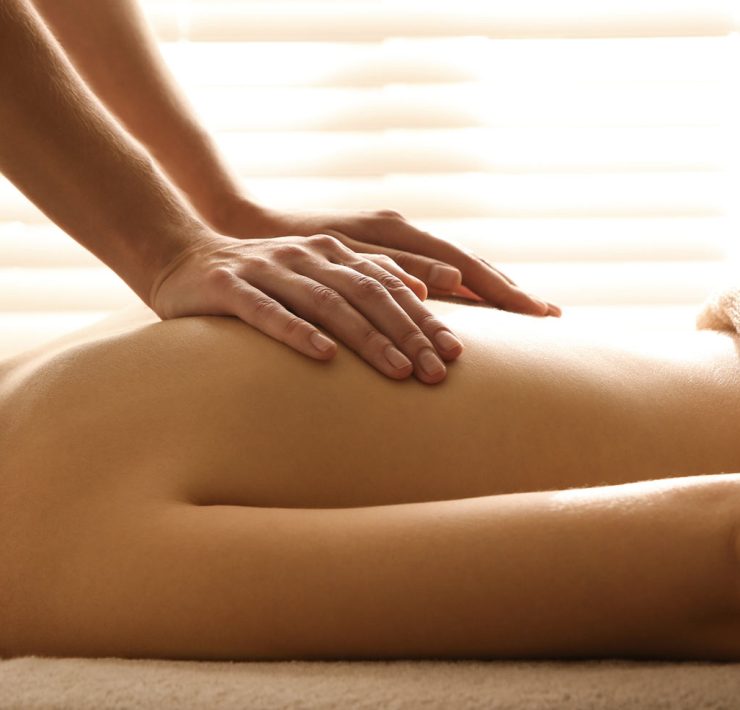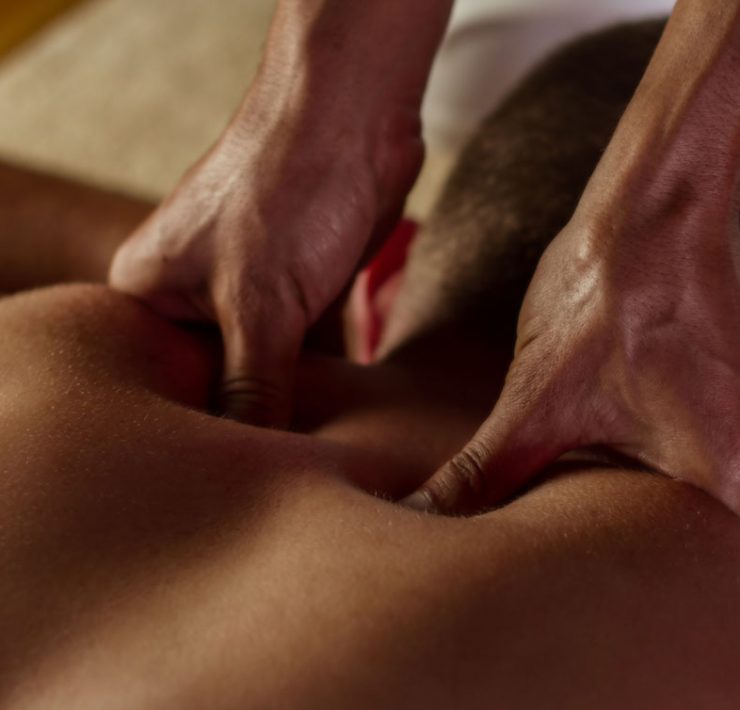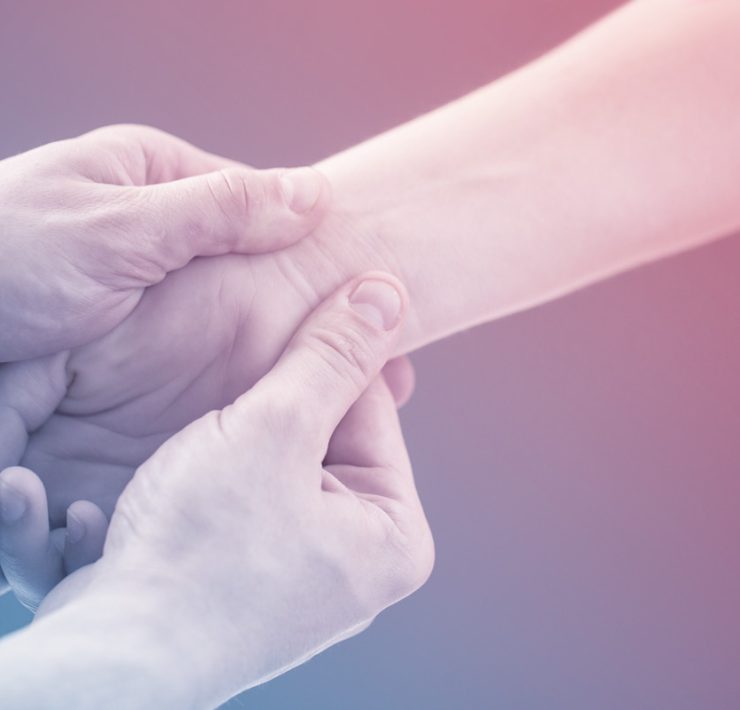Anyone who’s ever had shoulder or neck pain is familiar with those knobby lumps you might feel when you rub a sore area, known as “muscle knots.” But what exactly are they? And does massaging them actually reduce or eliminate them?
To get a better understanding, we talked to Dr. Clifford Stark, DO, FAOSM, the Director of Sports Medicine and Orthopedics at Sports Medicine Chelsea, and a member of the teaching faculty at NYU Langone Medical Center.
The What
The short answer is that biologists aren’t entirely sure. For a long time muscle knots could only be detected by feel, and even now it is difficult to confirm their existence with imaging, even when using advanced modalities like MRI or ultrasound. “When you look under ultrasound, you can sometimes see slight changes in the tissue in the area where the knot is,” explains Dr. Stark. “We think that a knot is a chronic change in the tissue where there’s a decrease blood supply,” almost like a tiny patch of cramped muscle tissue. Or at least that’s the overly simplified answer.
Recent research is showing that the myofascial layer has a huge role in chronic muscle pain, including knots. The myofascial layer is the area where the muscle meets the fascia—the very thin, but very strong layer that covers the muscle and keeps it in place. There are a multitude of nerves running through these layers, and it’s the nerves that ultimately cause the pain.
Furthermore, some people use the terms “muscle knot” and “trigger points” interchangeably, but that isn’t always accurate. “Sometimes [muscle knots] cause irritation of nerves that are running right through there, and then it can become what’s called a ‘trigger point,’” Dr. Stark clarifies. “Lots of knots are trigger points, and when you touch them, they radiate out and are exquisitely tender.” But there is currently no evidence that knots themselves are sore, and it could actually be the irritated nerves running under or through them.
The Why
One of the few things that scientists can agree on here is that knots are a chronic ailment, and are not caused by sudden trauma or injury to the area. Instead, they are likely a result of muscle overuse or poor posture. So whether you’re regularly active or spend most of your days at a desk, your daily lifestyle is likely contributing to your muscle knots. Additionally, according to the Mayo Clinic, “People who frequently experience stress and anxiety may be more likely to develop trigger points in their muscles,” potentially because the emotional state of anxiety causes you to routinely clench your muscles, leaving them susceptible to trigger points.
The Fix
The most common recommendation for chronic muscle soreness is applying deep pressure to the trigger point with the hopes of releasing the contraction in the tissue and increasing blood flow.
“Massaging them can help to break things up or bring some blood flow to the area, and perhaps help get it to go away. Getting the exact correct layer is very important,” says Dr. Stark. Trained massage therapists who are skilled at myofascial release are those who “have a really, really good feel for where that myofascial layer is, and [know how to] release that.”
So what does it feel like? “Myofascial release is not necessarily a nice deep tissue massage,” Dr. Stark advises. “If you want to release that area, you may end up pushing much less hard with the pressure to where it’s actually in that myofascial layer.” That’s not to say it isn’t relaxing, and the treatment is aimed at relieving pain. Rather, it’s a slow, gentle approach to lengthening muscles and improving circulation which leads to healing.
Make it Routine
If you suffer from muscle knots, regular massage will not only work out these points of tension — it will help prevent them in the first place. Zeel makes it easy with our monthly massage membership. With a membership, you’ll get up to 30% off regular rates, rollover massage credits, and many more benefits. It’s the easiest way to make this essential routine part of your routine.
Exceptions: There are some muscle and tendon conditions that can actually be exacerbated by intense manipulation of the muscle. People who are hypermobile (a condition that allows joints to move beyond the normal range, also somewhat misleadingly known as “double jointedness”) may have more sensitive nerves that can be irritated by aggressive pressure. “Even though it might feel good at first, [it’s] sort of perpetuating the pain cycle,” warns Dr. Stark. So as with all chronic ailments, be sure to consult a physician first.
Lauren Bernstein is a writer, editor and brand expert with 13 years of experience covering fashion, beauty, travel, and lifestyle. The first 10 years of her career were spent working in the fashion and beauty departments of Harper's Bazaar, Glamour and Hamptons magazines. Her work has also appeared in Town & Country, Bloomberg Businessweek, Departures and other titles. In the past three years, Bernstein has shifted her focus to product-driven content serving as the Vice President, Editorial Content at Macy’s, and before that, as Senior Editor of Branded Content for HarpersBazaar.com and MarieClaire.com. Learn more about Lauren at laurenabernstein.com and on LinkedIn.

